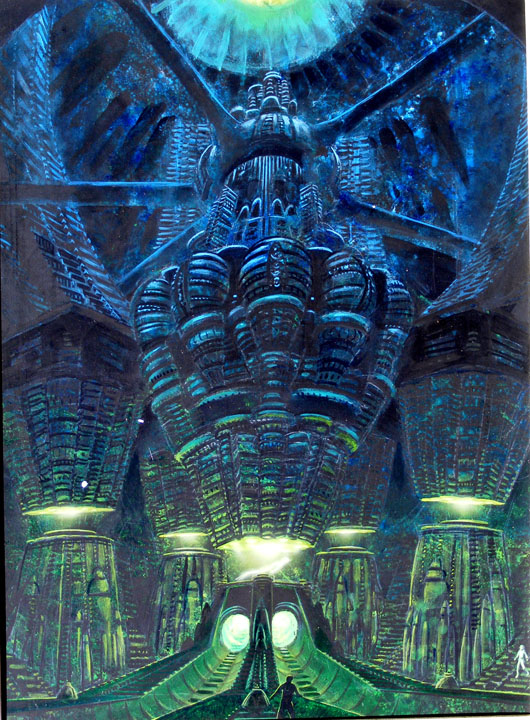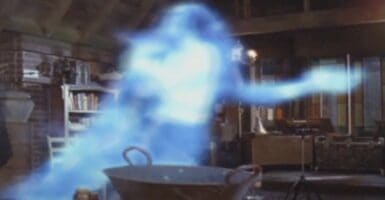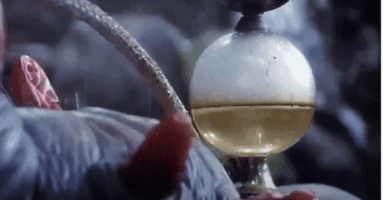Check Out This Production Art From David Cronenberg’s Aborted Total Recall
This article is more than 2 years old
With the Total Recall chugging its way toward us this summer, whether we like it or not, I’ve been thinking a lot about how much fun the original movie was. Sure, it’s a Schwarzenegger movie, so there’s plenty of cheese and bad one-liners, but it’s all wrapped around a surprisingly good story about memory and the nature of reality. Okay, it’s not that surprising since it was based on Philip K. Dick’s short story, “We Can Remember It For You Wholesale.” The bizarre mixture of Arnie action tropes, Paul Verhoeven’s bizarre sensibilities, Dick’s brain-bending, and a genuine sense of wonder and mystery — all unlikely allies — somehow combine to make a movie that works far better than it has any right to. But before Verhoeven and Schwarzenegger got their asses to Mars, director David Cronenberg spent a year developing the project. What would his version of Total Recall have looked like? Now we can find out, courtesy of artist Ron Miller, who has posted a selection of production art he created for Cronenberg’s version of the film over at io9.

Cronenberg’s vision of the film apparently hewed much closer to Dick’s source material than did the final film, and that disparity was a source of tension between Cronenberg and screenwriter Ron Shusett. Cronenberg wanted William Hurt for the lead — a fact that already speaks to a wildly different vision of the story. Miller’s post adds several new and intriguing tidbits to this Hollywood “might-have-been” story, including that the alien pyramid where Quaid finds the terraforming device in the final film was, in Cronenberg’s vision, a “Martian sphinx.” Miller also mentions such surreal Cronenberg touches as “agents with guns in their bodies” and respirator-wearing camels hauling freight across the Martian desert. Here are a few more looks at Miller and Cronenberg’s vision of Mars, and you can click over to io9 for the full set (and to learn how a “phosphorescent vagina” figured in).














